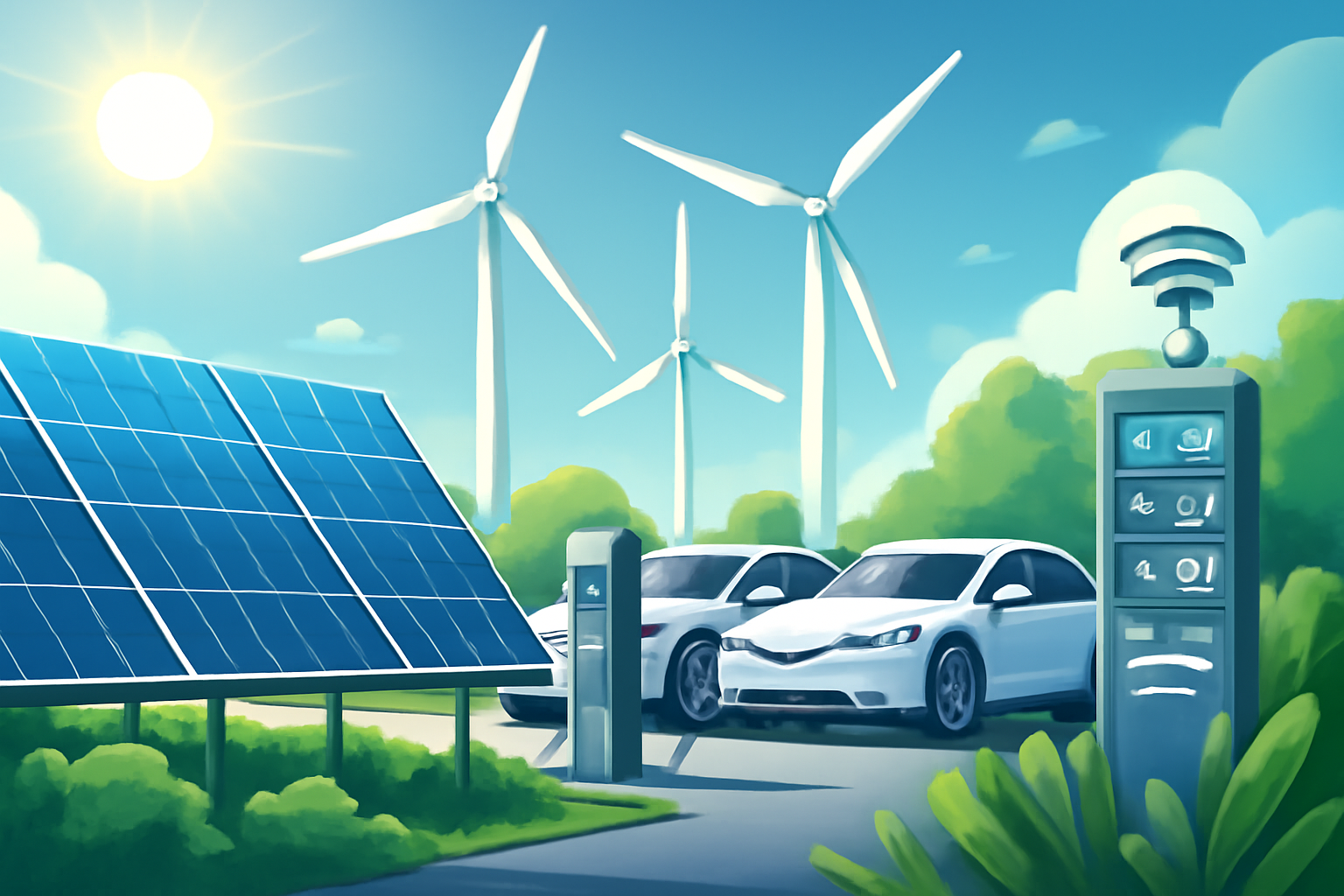As the world faces unprecedented environmental challenges, businesses and consumers alike are demanding greater sustainability in all aspects of life—including digital marketing. In 2025, sustainable digital marketing has become a strategic imperative, blending eco-conscious practices with marketing innovation to reduce carbon footprints, promote green values, and engage responsible consumers. This exhaustive guide explores actionable eco-friendly strategies for marketers committed to sustainability.
The Environmental Impact of Digital Marketing
Digital marketing, despite its intangible nature, has a measurable carbon footprint. Data centers, content delivery networks, device usage, and online video streaming all contribute to global energy consumption and greenhouse gas emissions.
- The average webpage requires energy traffic that translates to CO2 emissions.
- Streaming video, a cornerstone of modern marketing, accounts for significant internet energy use.
- Email marketing and digital ad serving rely on servers and networks continuously operating.
Understanding these impacts is vital to mitigating digital marketing’s environmental cost while maintaining effectiveness.
Why Sustainable Marketing Matters for Brands in 2025
- Consumer Expectations: Increasing numbers of consumers prefer brands that take environmental responsibility seriously.
- Regulatory Pressure: Governments worldwide enact stricter digital sustainability regulations and green compliance mandates.
- Brand Differentiation: Eco-conscious marketing strengthens brand reputation and loyalty.
- Long-Term Cost Benefits: Efficient digital operations often translate to financial savings.
Eco-Friendly Strategies for Digital Marketers
1. Energy-Efficient Website Design and Hosting
- Choose green web hosting providers powered by renewable energy.
- Optimize images, videos, and code to reduce page load times and energy use.
- Implement responsive, lightweight design principles that improve user experience and conserve resources.
2. Sustainable Content Strategy
- Prioritize quality over quantity—favor evergreen, informative content with long shelf life.
- Use text and infographics where possible instead of high-data video files.
- Repurpose content to extend value without continuously producing new assets.
3. Green Email Marketing
- Clean email lists regularly to reduce unnecessary sends.
- Design lightweight email templates optimized for quick loading.
- Schedule sends during off-peak hours to reduce server strain.
4. Eco-Conscious Advertising
- Select programmatic platforms committed to sustainability.
- Limit excessive bid requests and impressions to improve ad efficiency.
- Track and report carbon impact metrics of campaigns.
Leveraging Eco-Friendly Technologies
- Embrace AI-driven content and media optimization to reduce redundancies.
- Utilize serverless computing and cloud resources dynamically scaling energy consumption.
- Employ blockchain solutions for transparent carbon offset tracking.
Promoting Sustainability Authentically in Campaigns
- Incorporate green branding and messaging genuinely connected to business practices.
- Highlight company sustainability initiatives with transparency.
- Engage consumers with interactive tools measuring and reducing their digital footprint.
Social Media and Sustainable Engagement
- Encourage followers to engage in eco-friendly challenges and activities.
- Use social listening to monitor sustainability conversations for authentic participation.
- Promote user-generated content focused on green living.
Measuring and Reporting Sustainability in Marketing
- Adopt KPIs including energy consumption, carbon emissions, and digital waste reduction.
- Utilize tools like Website Carbon Calculator, Greenspector, and Cloud sustainability dashboards.
- Publish transparent sustainability reports reinforcing accountability.
Challenges and Future Outlook
- Balancing sustainability with marketing performance goals.
- Overcoming digital infrastructure limitations in some regions.
- Increasing consumer education around digital carbon footprints.
- Adoption of greener AI and blockchain technologies at scale.
Conclusion
Sustainable digital marketing in 2025 challenges brands to rethink how they create, distribute, and promote content with the planet in mind. By implementing eco-friendly strategies across website design, content production, advertising, and reporting, marketers can reduce environmental impact while deepening customer trust and long-term success.



